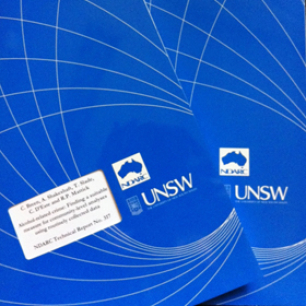NDARC Technical Report No. 20 (1993)
INTRODUCTION
Methadone maintenance (MM) is the largest modality for the treatment of opioid dependence in Australia, with approximately 11,000 patients currently in treatment. Very little attention has been paid to social and demographic differences between opioid users in Australia, with most research and discussion proceeding as if MM patients were a relatively homogenous group.
Clinical lore among staff working in MM clinics has suggested that there may be geographic differences between MM patients in different areas of Sydney. One often suggested difference has been between patients residing in inner and outer Sydney suburbs. Such differences may be expected on the grounds of differences in social class, education and access to health and welfare services in the two areas. There is, for example, a substantial literature on social class and educational differences in premature mortality and morbidity. These differences are attributable, in part, to differences in behaviour that put health at risk such as smoking, alcohol use, diet, exercise and health care utilisation.
There is emerging evidence of such differences in the patterns of use and health consequences of amphetamine use in Sydney among users from the inner city and the more economically depressed south western suburbs. South western amphetamine users consumed more speed in an average episode, reported greater dependence, and had more health problems than inner city users. While a part of suburban Sydney, the south western suburbs are approximately 50 kilometres from inner Sydney. The south west is thus geographically remote from the inner city, and is more socially disadvantaged on indicators such as unemployment, education and income.
Given the differences in locality and social status between the two areas, there may be clinically significant differences in the profiles and behaviours of MM patients from the inner city, and those from the south western suburbs. Differences in demographics and socioeconomic status may directly contribute to differences in the behaviours of groups of MM patients, with implications for their clinical management. Anecdotal evidence from clinic staff in these two areas indicated that they perceived the two groups of patients to be dissimilar, and to present different clinical problems.
The current study aimed to compare groups of inner city Sydney (ICS) and south western Sydney (SWS) MM patients. Specifically, the study aimed to ascertain whether there were differences in the socio-demographic profiles, treatment factors, current drug use and injecting behaviours, and psychological functioning of ICS and SWS patients. The study was conducted as part of a larger study on HIV risk-taking among MM patients.


